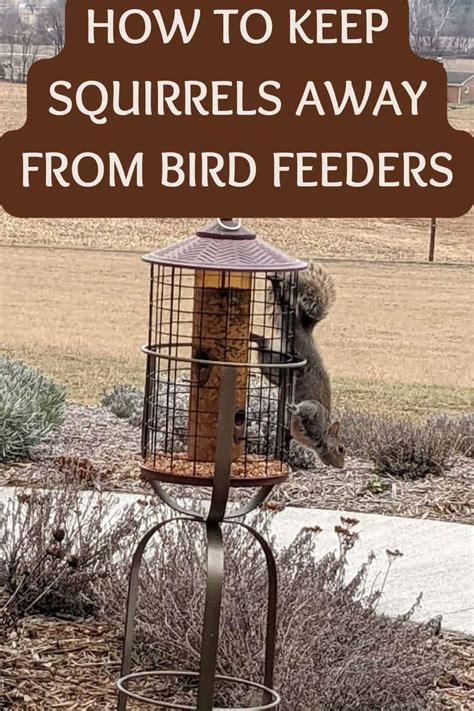How to Keep Squirrels Away From Bird Feeders: A Comprehensive Guide
Squirrels. Those bushy-tailed bandits of the backyard. While charming to some, they're a constant nuisance for bird lovers, raiding feeders and leaving frustrated bird enthusiasts in their wake. But fear not! This comprehensive guide will equip you with the knowledge and strategies to effectively deter squirrels from your bird feeders, ensuring your feathered friends get the nourishment they deserve.
Understanding the Squirrel's Strategy
Before we delve into solutions, it's important to understand why squirrels target your bird feeders. It's simple: easy food. They're intelligent creatures, quick learners, and highly motivated by readily available high-calorie treats. Understanding their motivations is the first step to effectively thwarting their plans.
Squirrel Smarts: Adaptability and Problem-Solving
Don't underestimate a squirrel's cunning. They're masters of adaptation and can quickly figure out how to overcome simple deterrents. What worked last week might not work this week, so a multi-pronged approach is usually most effective.
Effective Squirrel Deterrents: A Multi-Layered Approach
The key to success lies in a combination of strategies. Relying on a single method rarely provides lasting results. Here’s a breakdown of proven techniques:
1. Choose the Right Feeder
Squirrel-resistant feeders are designed with features that make it difficult for squirrels to access the seed. These often include:
- Weight-activated closures: These feeders close when a heavy animal like a squirrel lands on them.
- Cage feeders: These surround the seed with a protective cage, allowing birds access while keeping squirrels out.
- Baileys feeders: These utilize a unique system of baffles and perches that make it nearly impossible for squirrels to reach the seed.
Pro Tip: Read reviews before purchasing! Some "squirrel-proof" feeders aren't as effective as advertised.
2. Strategic Feeder Placement
Location matters! Place your feeders:
- Away from trees and branches: This prevents squirrels from using them as launching pads.
- At least 10 feet from any structure: This limits their ability to jump from a building or fence.
- In open areas: This minimizes hiding places for squirrels.
3. Natural Deterrents
Some natural elements can help deter squirrels:
- Spicy Peppers: Scatter cayenne pepper or other spicy pepper flakes around the base of the feeder. Squirrels dislike the sensation. (Note: This may not be effective for all squirrels.)
- Predator Scents: Some commercially available predator urine (coyote or fox) can be used, though effectiveness varies. Use cautiously and follow instructions carefully.
4. Commercial Squirrel Repellents
Various commercial repellents are available, claiming to deter squirrels through taste or scent. However, effectiveness can vary, and they often need to be reapplied regularly. Always read reviews and check for safety concerns before using any repellent.
5. Physical Barriers
In addition to feeder design and placement, consider adding physical barriers:
- Baffles: These are cone-shaped devices placed below feeders, preventing squirrels from climbing the pole.
- Smooth poles: Squirrels have difficulty gripping smooth metal or plastic poles.
Maintaining Your Bird-Friendly Oasis
Consistency is key. Regularly monitor your feeders and adjust your strategy as needed. Squirrels are persistent, so be prepared to adapt your approach to stay one step ahead. Remember to keep your feeders clean and filled to attract birds and minimize the appeal to squirrels looking for an easy meal.
By implementing these strategies, you can significantly reduce squirrel visits to your bird feeders, creating a safer and more enjoyable environment for your feathered friends. Happy birding!
